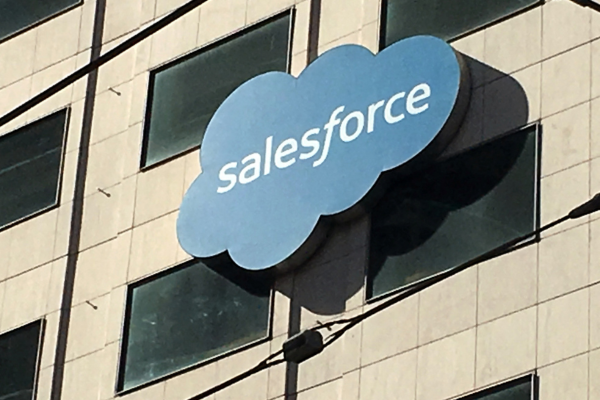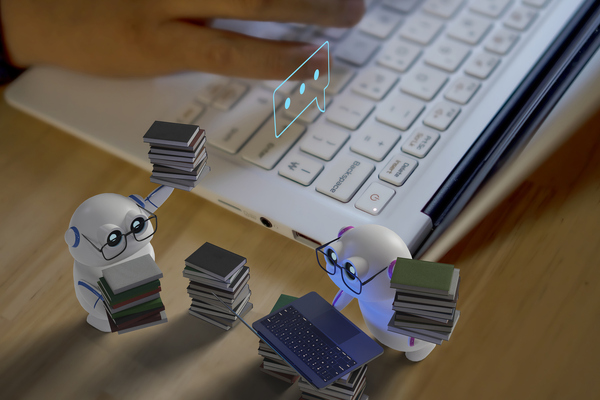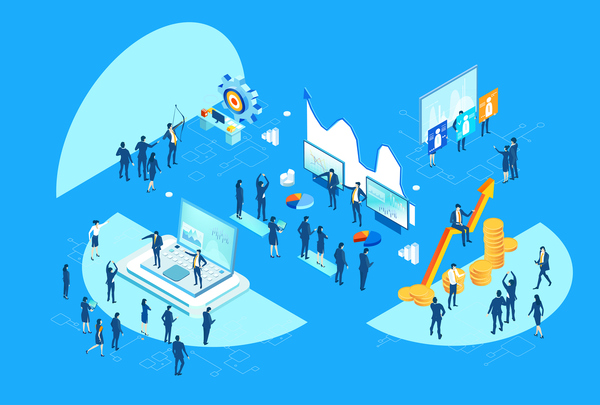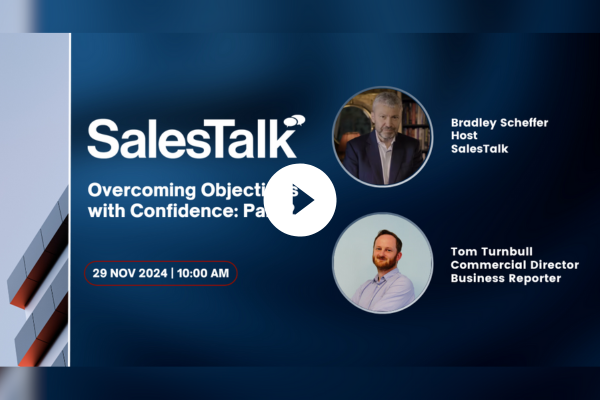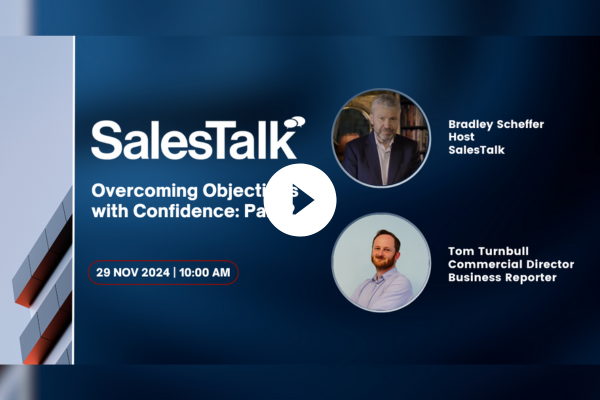A day in your life at the meta-workplace
Sponsored by SHL
The events of the past few years have transformed the world of work. The way we interact with colleagues, customers and peers has formed a new meaning online. We have learned how to build new digital connections and stay on top of everything at work, even when we are not there in person.
All this is part of the new conditioning we can expect in the Metaverse. Imagine talking to your colleague in the US while sitting in India and having the usual water cooler conversations about your last vacation, or planning a weekend get-together with your colleagues. Everything is possible in the Metaverse workplace: it is no longer science-fiction.
What is the Metaverse?
The term “metaverse” was coined by Neal Stephenson in his 1992 sci-fi novel Snow Crash, in which he envisions lifelike avatars of people who meet in realistic 3D settings and other virtual reality (VR) environments. This is very close to how the Metaverse will operate in the future.
The technologies that comprise the Metaverse can include but are not limited to:
- Virtual reality (VR), a persistent virtual world that continues to exist even when the user is not active in it
- Augmented reality (AR), which combines the features of the digital and physical worlds. However, it doesn’t require that those spaces be exclusively accessed via VR or AR
- Brain-computer interfaces (BCI): a direct communication between the brain’s electrical activity with an external device
How will the workplace dynamic change in the Metaverse?
The Metaverse represents huge potential in the world of work. But possibilities aside, let’s talk about what can be practically offered in the near future:
1. Candidates can explore their potential workplace in the Metaverse
During the pandemic, all companies had no choice but to hire remotely through various online platforms. With the right software, hiring can be efficient and seamless – and the Metaverse can add the missing human element. Candidates can spend an entire day in and get a feel for their potential workplace in the Metaverse. Hiring may no longer be a mystery: you could do an actual face-to-face interview with an avatar of your recruiter and assess the workplace before you commit to your employer.
2. Office-task-based assessments
Moving a step ahead of simulations, Metaverse can offer assessments where candidates’ avatars do the tasks in-office. For example, a marketing candidate might need to fill in the gaps in the marketing plan by talking to all the professionals in the current team and suggesting improvements.
3. Going back to “in-meta-office” recruitment drives
Recruiting drives can take place using avatars: candidates can meet fellow applicants, engage in group discussions and do face-to-face interviews.
4. Practical assessments for recruitment and promotion
Applicants for skilled positions in the medical, engineering, or manufacturing fields, for example, can be assessed via practical tasks in the Metaverse, such as performing a car diagnostic that requires an applicant to inspect different parts.
5. In-person meetings in the metaverse
The world shifted to online meetings overnight during the pandemic. And some companies and sectors could move to a meta-workplace altogether to continue to benefit from shorter (or non-existent) commute times, providing video conferencing via avatars, joint project solving and even perks or mentoring and fun-and-games in the meta-workplace. The possibilities are unlimited.
The challenges
In its initial stages, the Metaverse is likely to remain a specialist tool for specific uses that will complement but not replace other technologies. This is because of a lack of standardisation, market fragmentation, the varied user interfaces on which it can be offered, and to lack of uniform governance systems. It will be some time before these hurdles are overcome, and we see the Metaverse as a part of our day-to-day life, much like smartphones or the internet.
In addition to its being a supplementary technology, companies face the logistical challenge of AR/VR headset availability, especially if they need to implement the Metaverse in hiring. Is it cost-effective to ship the headsets to all the candidates that apply? Do the benefits of employer branding outweigh those costs? Or will headsets be a necessary technology such as smartphones, or an optional one such as fitness watches? What are the in-meta office workplace rules? There are many such questions. And while the route can be cleared in the next three to four years, there is a lot of work to do.
At the day-to-day office, meanwhile, companies need to make a call as to how immersive they can make their Metaverse experience, and to what extent they need it to complement the regular workplace experience. Just like the pandemic pushed us to use video conferencing software for meetings, we need to be prepared for a routine-disrupting future experience where the Metaverse needs to be implemented on short notice.
Find out about the latest innovations in people sciences at SHL Labs.
By Mark Brincat, Chief Technology Officer, SHL

Business Reporter Team
Most Viewed
Winston House, 3rd Floor, Units 306-309, 2-4 Dollis Park, London, N3 1HF
23-29 Hendon Lane, London, N3 1RT
020 8349 4363
© 2024, Lyonsdown Limited. Business Reporter® is a registered trademark of Lyonsdown Ltd. VAT registration number: 830519543
